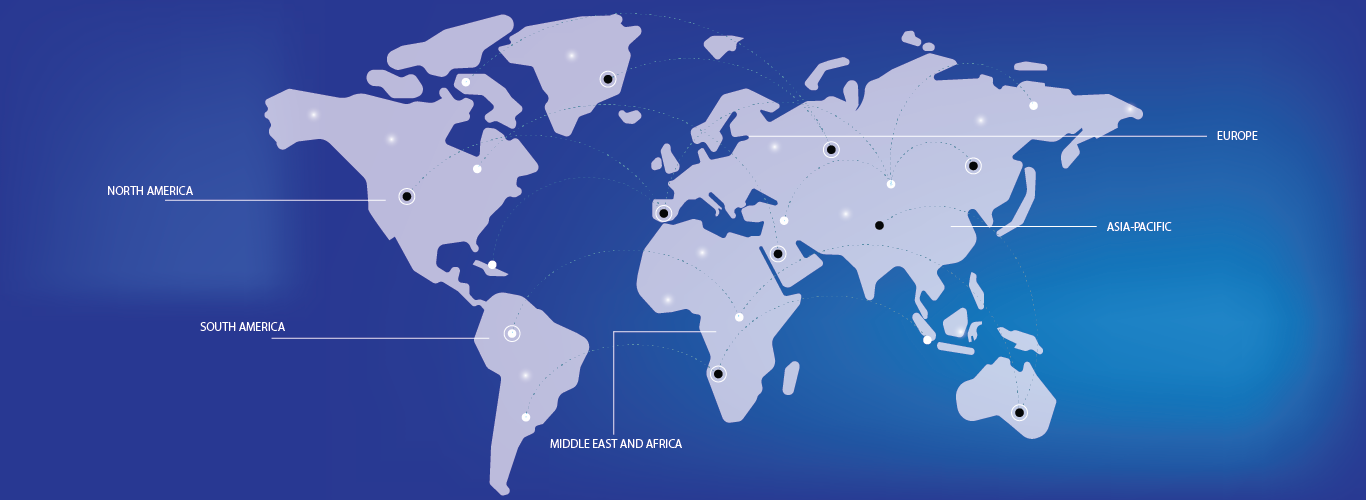The global district cooling market is experiencing significant growth due to the increasing demand for energy-efficient cooling solutions and the rising adoption of sustainable infrastructure. District cooling, which involves the centralized production and distribution of cooling energy, offers an environmentally friendly alternative to traditional air conditioning methods by reducing energy consumption and greenhouse gas emissions. This market is driven by urbanization, particularly in emerging economies, where rapid development of cities and commercial infrastructure is boosting the need for efficient cooling systems. Technological advancements, such as the integration of renewable energy sources and the use of advanced materials in cooling plants, are further enhancing the effectiveness and sustainability of district cooling systems.
In addition, the growing awareness of climate change and energy conservation is encouraging both private and public sectors to invest in district cooling infrastructure. The U.A.E., Qatar, and other Middle Eastern countries are leading the way in adopting district cooling solutions, with several mega-projects underway to supply cooling to residential, commercial, and industrial areas. In the future, smart cooling technologies and the expansion of district cooling networks are expected to accelerate market growth, providing long-term energy savings.




